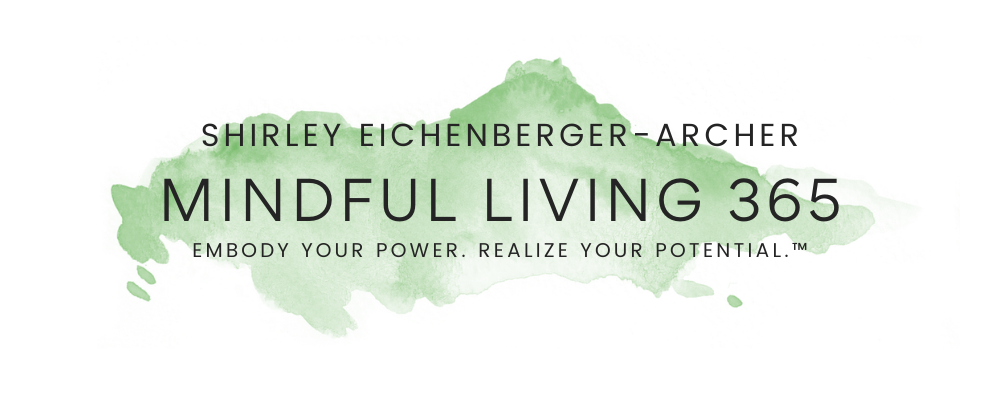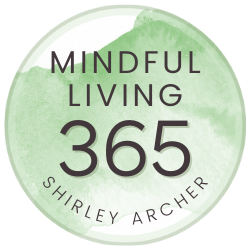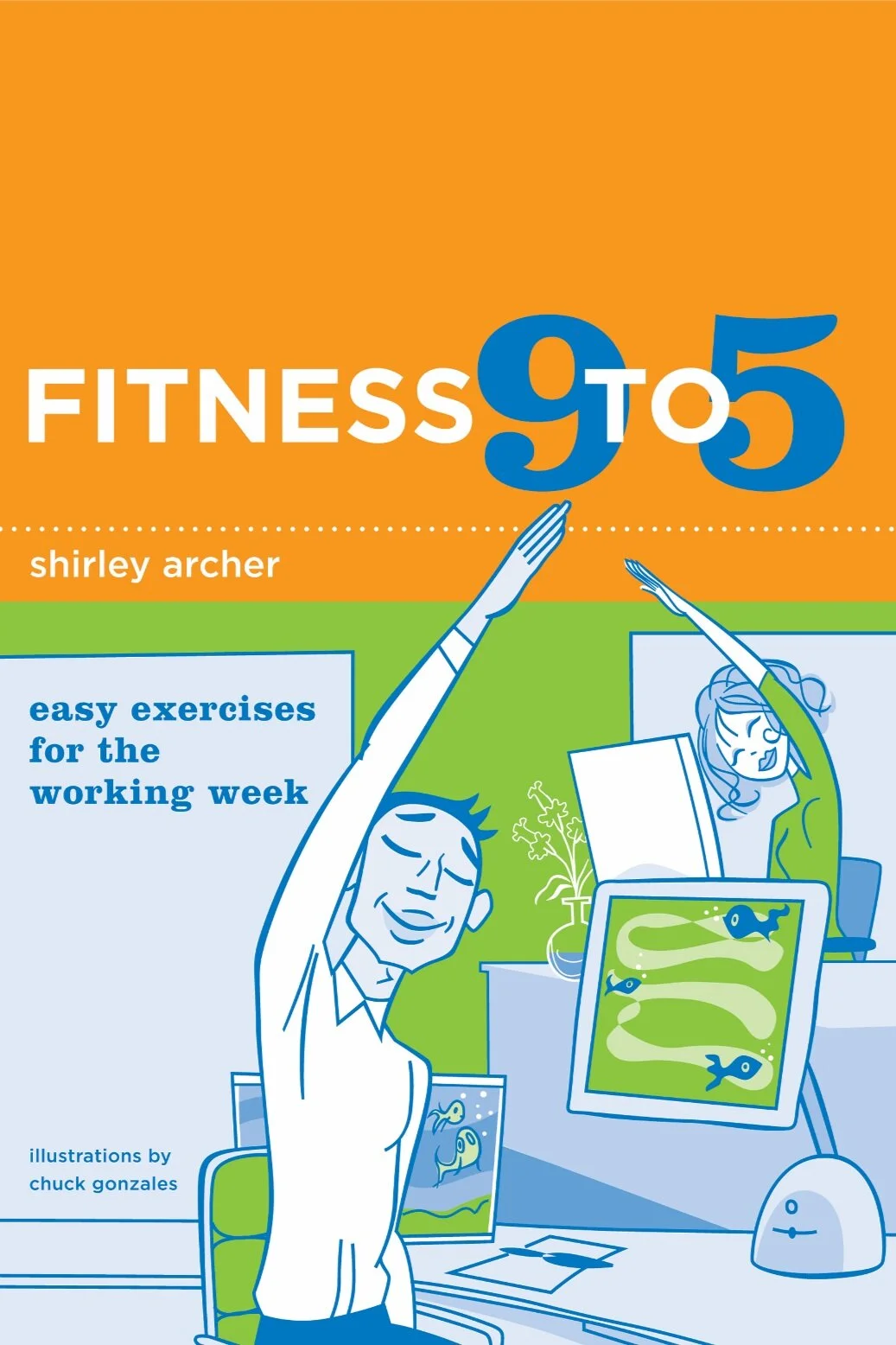10 TIPS FOR MEDITATION BEGINNERS
YOU CAN LEARN HOW TO MEDITATE.
Start feeling calmer and more centered today with simple meditation techniques for beginners.
1. Choose a good location. Find a place where you feel safe and secure and can control interruptions.
2. Be comfortable. It’s a misconception that you must sit in an awkward posture or suffer to meditate. What’s important is that your body is supported so physical discomfort is not a distraction. Sitting is generally better than lying as you may fall asleep if you lie down. Click here for more specific sitting guidelines.
3. Sit or lie with a lengthened spine. A ‘long’ spine helps calm the nervous system. It avoids back strain and allows deep, full breathing. If needed, choose a chair with back support; use additional cushions if needed to prevent slouching. Click here for pictures of how to add cushions for support.
4. Release muscle tension. Start with a few movements to let go of physical tension. Try tensing all your muscles at once as you inhale. Then, powerfully exhale and release all muscle tightness. Or, try squeezing your shoulders up to your ears on the inhale and relax and release tension on the exhale. You may want to shake out your hands and wrists and roll your shoulders too. If you tend to clench your jaw, stretch your mouth or enjoy a big yawn.
5. Set a timer. Set a timer for whatever length you choose to contain your meditation so you don't disrupt your concentration by opening your eyes to check a clock. When you know you'll be alerted when it ends, you can relax into your meditation. Select a vibration notification or gentle that won't startle you. Start with 5 to 10 minutes initially until you become more comfortable.
6. Gaze downward or close your eyes. It's not essential to close your eyes. In fact, if you're sleepy, it's better to keep them open with a downward gaze. Avoid focusing on anything specific to avoid strain. Soften your eyes; relax any tension around them. Keep your head and chin level. Look down only with your eyes.
7. Notice your breath. Pay attention to your breathing. Observe the inhalation and exhalation. Notice the breath as it enters the nostrils, flows into your body and creates gentle movements. Try to breathe in and out through the nose, but if that's not possible for you, then open your mouth. Do your best to allow the breath to flow naturally without controlling it. But, avoid stressing about it.
8. Return to your breath. If you catch your mind wandering to other thoughts, bring it back to focusing on your breath. To help re-focus your attention, notice whether you’re inhaling or exhaling. Notice if it’s a short breath or a long breath. Observe if there’s space between the breaths. Investigate all the sensations you can observe around your breath.
9. Gently reintegrate. When your timer goes off, avoid leaping back into action. Instead, slowly open your eyes. Do a few stretches—sweep your arms overhead, enjoy a big yawn. Breathe deeply and gently come back to the room. Savor your calm, peaceful feelings. Take your time before you move into your next activity.
10. Be consistent. Meditation is brain training. It helps if you do it regularly at the same time and the same place. These cues 'prime' your brain and help you slip into a state of focused awareness with more ease each time. In fact, a daily practice of 5 or 10 minutes is more valuable than once a week for 30 minutes. Put it on your schedule and keep practicing. Over time, you will feel the difference as you're able to relax more quickly and feel more centered and grounded overall.
To hear me go over these tips, check out the video below.
Or tune in to my podcast!
Click here to listen to my podcast on Apple Podcasts.
PRODUCT PICKS THAT YOU WILL LOVE
Visit my YouTube channel to subscribe for more tips. Have you downloaded Your Path to Peace? Go from stressed and anxious to calm and at ease in 5 simple steps. If this post helped you, please share with friends now, by using the buttons below. Thanks!


















